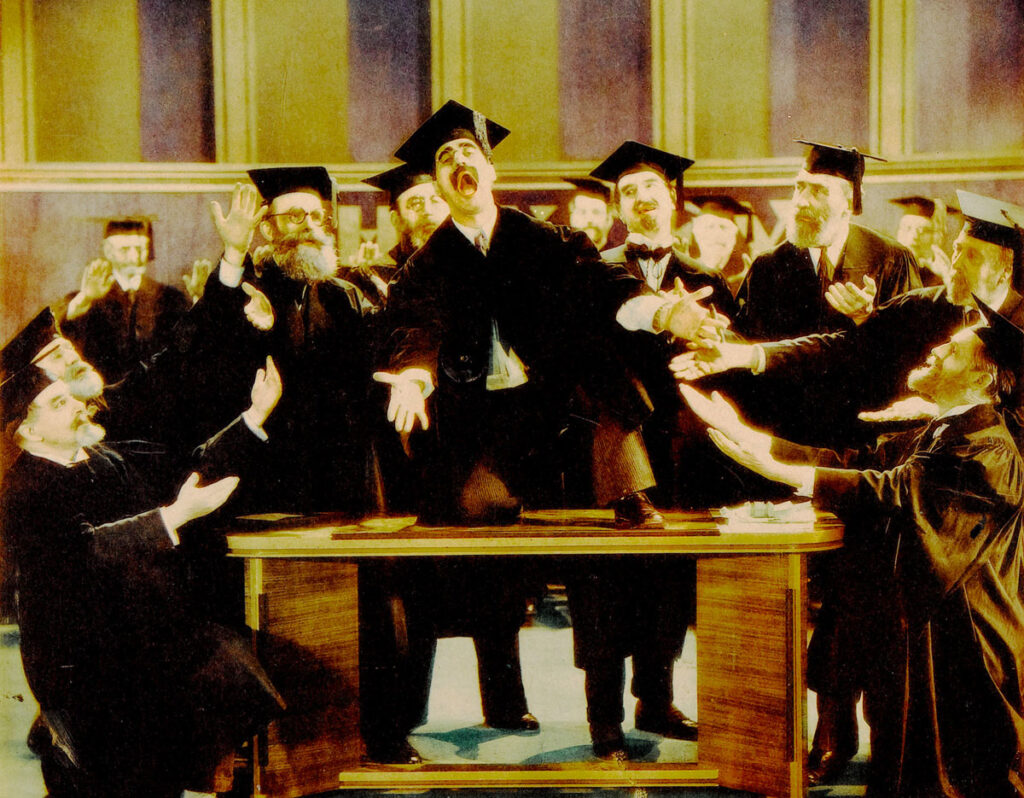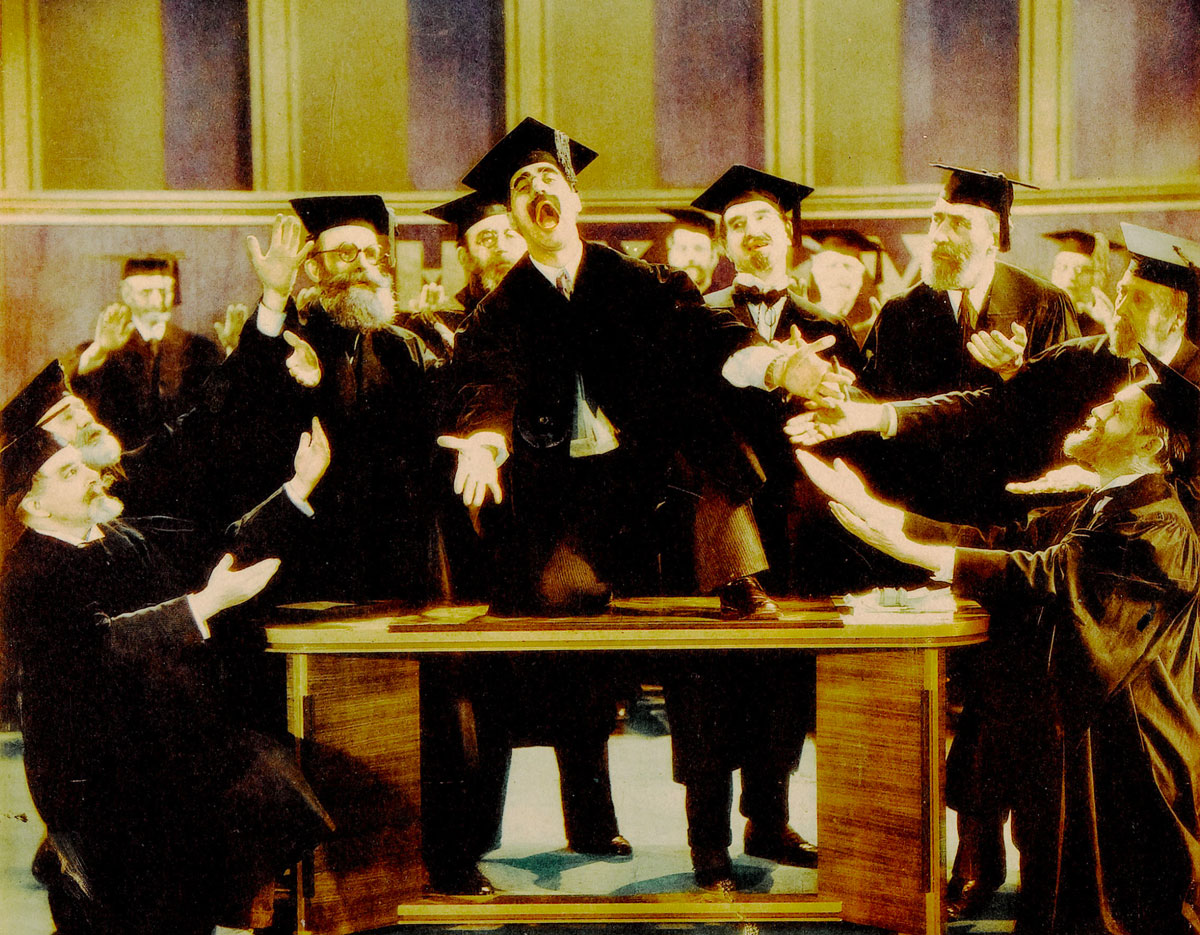It’s possible I’ve taken up the carpet before I took up the tax. I’ve written sixteen posts so far in this daily series I launched into on January 22. I kinda hit the ground running, and have realized I hadn’t laid out why I was doing this or what I was up to.
I’ve started this series of posts about Silent Film, or what I have come understand about it, for a couple of reasons. One is that it will give me a means of as a way to process and revisit what I know or think I know about the medium. The other is that I think there’s a need to lay out what the basics of the cinematic, storytelling language of Silent Film actually is.
This fall (2021) will be the beginning of my 40th year of accompanying silent movies. Which means I’ve spent that much time, doing maybe a couple or few thousand shows accompanying several hundred silent films.
For me it’s not just matching music to a scene and then playing it, like a ballet accompanist or musical theater accompanist may. I’ve gone on the journey of each film with each audience. Sensed the vibe in the room, talked with people after the show, checked my gut on whether what I’ve played in all the sections of those films supported the right way, and helped effectively fuse the audience to the moving picture on the screen and the psyches of the people who worked in front of and behind the camera.

I’ve always been interested in why something creative works and, in particular, holds up over many years. I’ve also been interviewed loads of times for press pieces promoting a show or the occasional “Really? People watch silent movies?” article that happens every few years during the art-reporting doldrums of January-February and May-June. For quite a bunch of years now, I’ve been asking myself, and finding answers and ways to articulate them, about why people still like silent movies.
It’s these facets that I’ve discussed so far and the ones I’ll be covering going forward that make Silent Film as entertaining and accessible as it still is. It’s also not a dead language, although you need to know its syntax, and I plan to have a section down the road about making silent films today.
I may get some of this wrong. But these are my observations and experiences with Silent Film, and I think I’ve got a handle on it. I was right about “undercranking” and the speed-up of silents. Let’s hope I’m right about most of the rest of it.
The first post in this series is here.
The previous post (#16) to this one is here.
The next post (#18) is here.
[email-subscribers-form id=”1″]

I’ve come to understand that a silent movie is only as old as it’s latest accompaniment!
I deeply appreciate your insights. There is a depth that comes from an artist that is involved in the movie’s continuing creation.
Hi Ben. I am excited to hear what you have to say. For the past three years, my focus was on BusterKeaton only but you have opened the world of silent comedies that has drawn me into many beautiful artists: MacLean, Chase, Lane, Howell and so many more.
I dont just want to watch I need to know the details. I am learning a lot from you and Steve about these amazing artists and what is behind the work they did.
Cheers!!